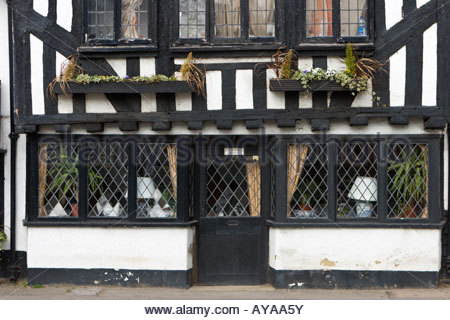
Let’s have parallel parking that protects the curb instead of these wide open curbs where you’re walking literally within three feet of cars going 45 miles an hour, and it just feels horrible, right? It has the makings of a fairly complete district.

But its principal axes are really car-centric at the expense of the pedestrian. There are some really nice, walkable parts of Uptown. But McKinney, there is an absence of parallel parking. McKinney Avenue is four lanes with the train in it. Then we look at the very wide lanes, and the number of lanes, on Cedar Springs Road.

Look at the one-way pair of McKinnon and Harry Hines. Because there are the generic principles, and then there’s asking, okay, how are those principles evident and how are they applied in this place? My lecture will have probably 40, or 50 images in it from Uptown. The interview below has been edited for length and clarity.Ĭan you talk a bit about how you’re approaching the lecture? Uptown is heralded as one of our most walkable neighborhoods, but there are still significant design challenges-one way streets, narrow sidewalks-that prevent it from reaching its potential. But he still had plenty to say that Dallas can learn from.

He was still researching the neighborhood when we spoke last week. (The city recently made public 30 percent design documents pertaining to making those streets two ways.) It finally appears that the city will soon convert McKinney and Cole streets from one-way to two-way streets, a core tenet of Speck’s goal to help cities design streets to make neighborhoods safer for perambulators. flew him in to speak on Monday night at the Crescent. (And includes some dings at Dallas: how our high-rises come paired with surface lots and garages, how we practically trademarked the “Dallas Donut” of apartment buildings flanking parking lots.) He followed that with Walkable City Rules: 101 Steps to Making Better Places, which is also very literal. It explores ways municipalities can achieve the goal spelled out in its title. Speck is a city planner and urban designer who authored the best-selling planning book over the last 45 years, Walkable City. Elsewhere in Uptown, there are enough one-way streets that the neighborhood still functions, in part, as a commuter spoke for drivers. It’s a big wide street in a neighborhood that should be the city’s most walkable, but you wouldn’t want to be on two feet here.
#RESTAURANT ABRIDGE DRIVERS#
It is basically an elongated freeway on-ramp that shoots drivers onto Harry Hines and the Dallas North Tollway. Adjacent to The Forest Gate Inn is a delightful self contained studio apartment available for short stays and dinner, bed and breakfast packages are available for two guests.Last week, Jeff Speck was looking at a map of Uptown and trying to make sense of McKinnon Street.
#RESTAURANT ABRIDGE FREE#
It is situated on the edge of Epping Forest, half a mile from the town of Epping, and is in the grounds of The Forest Gate Inn, a 17th century free house owned and run by the Stokes family for over 50 years. Haywards is a beautiful air conditioned restaurant, originally a coach house and skittle alley, which has been sympathetically restored and still retains many original features. Resident bee colonies contribute to the well being of the garden and also provide Haywards with a fabulous source of local honey. With Head Chef, Jahdre Hayward’s, extensive CV and culinary knowledge the restaurant focuses on modern European cooking techniques. The Haywards garden is fully established and provides a large variety of fruit, vegetables, herbs and edible flowers that are used in the restaurant.

#RESTAURANT ABRIDGE FULL#
Haywards concentrates on using high quality seasonal and local produce wherever possible, in order to bring together the freshest of ingredients to create elegant, attractive dishes which are full of flavour.


 0 kommentar(er)
0 kommentar(er)
